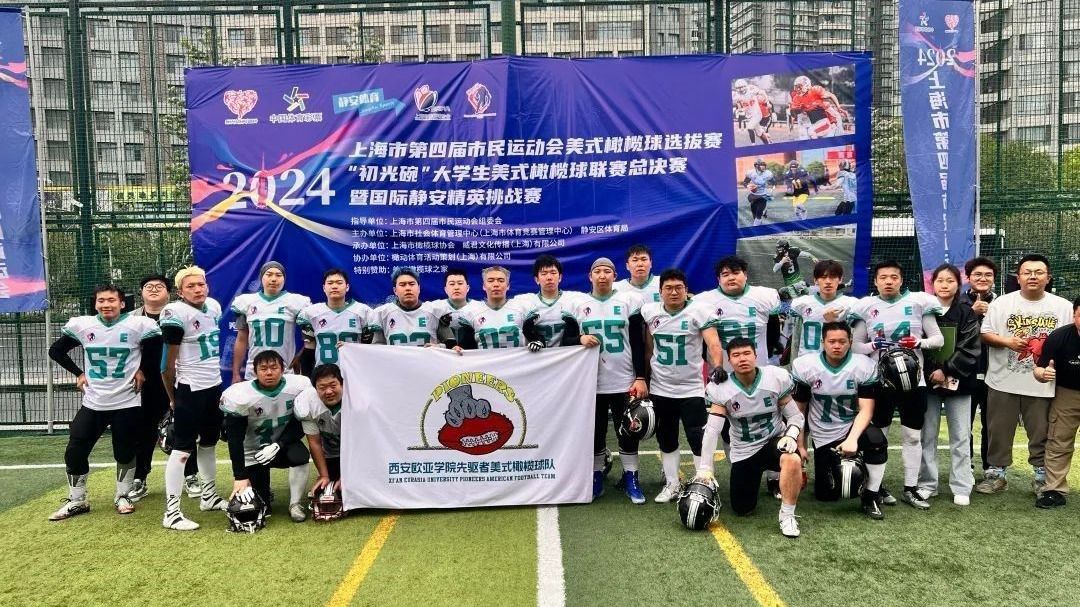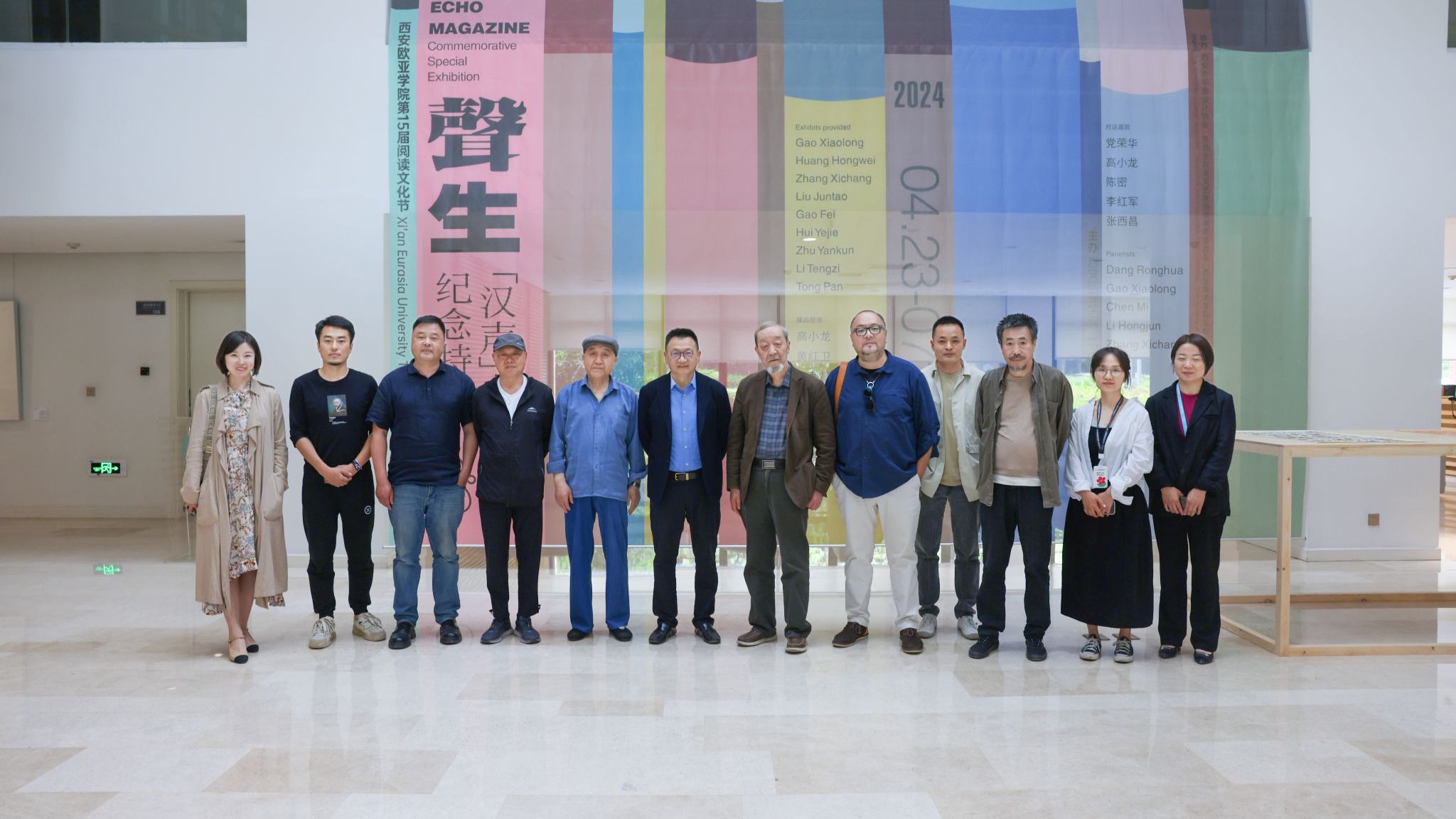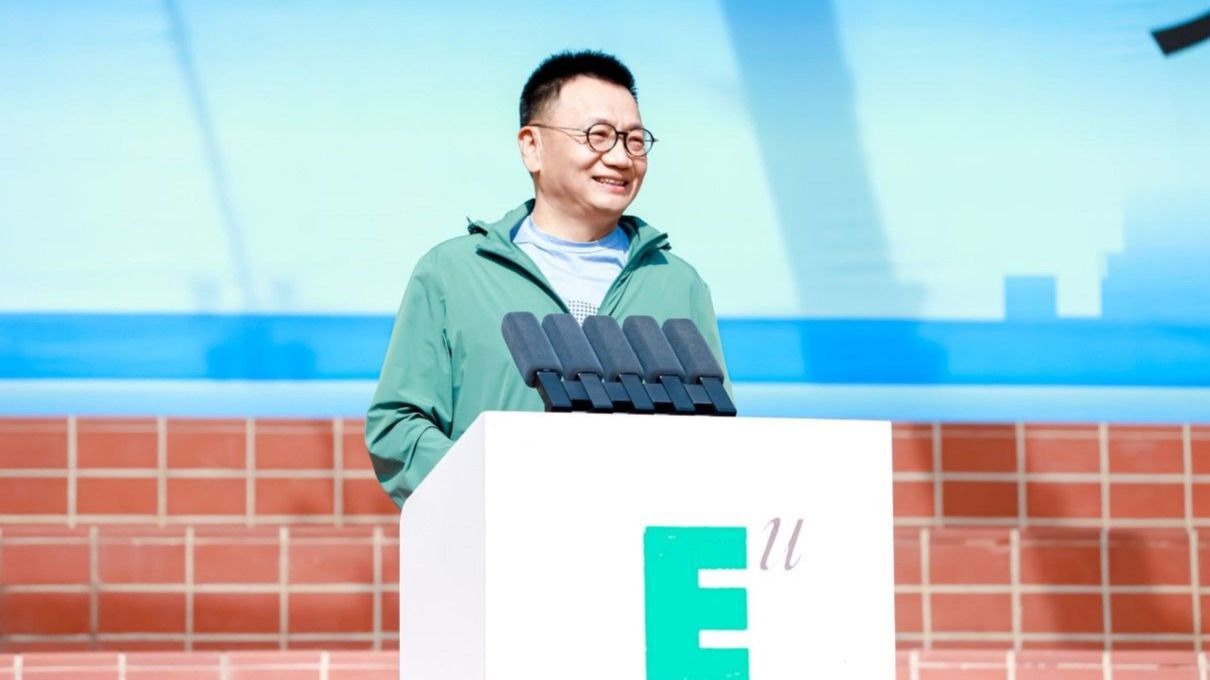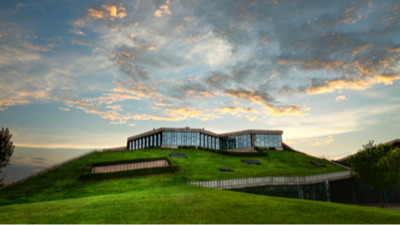In 2022, Xi'an Eurasia University unveiled six research institutes, namely Institute of Urban Organic Renewal, Digital Research Institute, Institute of Culture and Brand Development, Institute of Property Research, Institute of Eurasia Education and Innovation, and Quality Management Institute. A professor concerned with Xi'an Eurasia University's development reminded me that these six research institutes lack the support of disciplinary platforms, so it might be difficult for them to produce academic results. I know this professor was well-intentioned and his suggestion was reasonable. According to the disciplinary or interdisciplinary logic, the research institutes of universities should rely on one or several disciplines to define the scope and purpose of knowledge production. This approach aligns with the research paradigm and the knowledge production model universities are used to. However, in the real world, the knowledge production model is not simply driven by the disciplinary logic.
It's time for application-oriented universities to carry out scientific research
The majority of application-oriented universities in China are local undergraduate institutions established after 1999, numbering approximately 600, including both public and private schools. The core function of these universities is application-oriented talent cultivation, with the primary goal of cultivating more qualified graduates to support the popularization of higher education in China. These universities expanded rapidly in their early years. At that time, their leaders focused efforts and resources primarily on expansion, teaching condition improvement, as well as the recruitment and training of teachers and administrative staff. Most application-oriented universities have not paid much attention to the development of scientific research and social service functions. They do not have enough talent in scientific research and social services, so they can hardly produce high-quality results.
This is not coincidental. On April 23 this year, Professor Qu Zhenyuan, former President of the China Association of Higher Education, mentioned in a speech at the Institute of Education, Xiamen University that after liberation, China followed the higher education model of the Soviet Union, so its scientific research system and teaching system were established and managed separately. Before the reform and opening-up, the functions of Chinese universities primarily revolved around teaching. In 1977, Deng Xiaoping first proposed that universities should engage in both teaching and scientific research. Since then, scientific research has been regarded as an important function of universities in China.
With the slowdown in the growth rate of higher education institutions, the size of China's higher education industry has stabilized. After several rounds of teaching evaluations, the faculty structure and size of application-oriented universities have significantly improved, with a student-to-teacher ratio of about 18:1. According to the basic requirements of regulations on student-to-teacher ratio management, one-third of the working time of university teachers should be devoted to scientific research and social services. Application-oriented universities now have the human resources base to engage in scientific research.
In my article How can application-oriented universities turn the table from a declining population trend? I proposed three shifts for application-oriented universities: shift from focusing on the ranking within the university system and individual promotion and development to focusing on students' learning and life experiences and whether they can meet the needs of lifelong education in a knowledge-based society; shift from the relatively looped school operation to the deep integration of industry and education and comprehensive open schooling; shift from the orientation of seeking government resources and enhancing academic reputation to meeting the development needs of local enterprises and industry and obtaining social resources. The essence is to prioritize students' needs, offer open and comprehensive education, and leverage the advantages of talent and knowledge to serve society.
Application-oriented universities and well-known entrepreneurial universities around the world only generate a portion of their revenue from tuition fees. Social donations, scientific research, and social services are also important sources of revenue for them. For application-oriented universities, scientific research and social services are closely interconnected. Scientific research results can gain social recognition and bring new revenue streams and diverse educational resources for universities only if they are useful and can produce practical benefits.
Discipline-oriented and application-oriented knowledge production models
There are two knowledge production models in universities. Model 1 is discipline-oriented, where the process of identifying and solving problems is dominated by small groups of scientists, usually academic groups, and the knowledge produced is disciplinary and hierarchical, primarily disseminated within universities [1]. Under this model, research results mainly circulate within the academic community, with the goal of promoting academic development and prosperity. Model 2 is application-oriented, where new knowledge is produced based on the demands of knowledge users [2] and the boundaries between different disciplines and between science and society are blurred. John Seiler Brubacher's core points in On the Philosophy of Higher Education are higher education epistemology and higher education politics. While the former corresponds to Model 1, the latter corresponds to Model 2, as it does not refer to "politics" in a narrow sense but rather advocates the idea that higher education can serve and change society.
Application-oriented knowledge production is contextualized by applications, employs interdisciplinary means, utilizes diverse organizational structures, and is evaluated based on social responsibility and performance [3]. This model bridges the gap between university disciplines and societal industries, facilitates the conversion of academic achievements, and emphasizes social service functions.
Model 1 and Model 2 may coexist within a university, but Model 1 better aligns with the habits and experiences of scientific researchers in Chinese universities and is in line with the existing centralized and discipline-based scientific research management system. Model 2 can be subsumed into interdisciplinary research, but it is not necessarily aimed at establishing a new interdisciplinary discipline or repairing and unifying certain theories or paradigms. Instead, it is essentially a temporary research field with high variability. The application-oriented knowledge production model has a wide-ranging impact, not only on the types of knowledge produced but also on the methods used to produce knowledge, the context in which knowledge exploration takes place, the organization of knowledge, the reward system for knowledge, and the quality control mechanism for knowledge, among others.
We should also be cautious about the drawbacks of Model 2. The knowledge society is highly commercialized. Universities often succumb to political and economic temptations and typically have a strong desire to grow and expand. They want to do everything, but eventually they may find it hard to identify their core missions amid the generalization of their functions. A few years ago, a professor of architectural engineering told me that the college he worked at had somewhat evolved into an architectural design institute and undertaken many engineering design projects. The college leveraged its advantages in talent and facilities to compete with architectural design institutes on price, which drained the energy of its teachers, distracted the teachers' attention from educational and teaching programs, and stalled the teachers' research progress.
Organized research
The responsibilities of teachers include teaching, scientific research, and social services. It is a significant challenge for teachers to excel in all three areas. Chinese universities have made numerous explorations and attempts in this regard. The "organized research" model adopted by foreign universities is worth learning from. Research universities in the United States generally have established independent research organizations that are known as organized research units (ORUs). These ORUs operate in parallel with traditional university departments. Their main task is to conduct interdisciplinary research in application-oriented research fields and areas with intensive external funding and meet the society's various demands for knowledge. ORUs rely entirely on the funding they acquire by themselves. They must be supervised by corresponding universities and their operations, personnel, and finances must comply with the universities' regulations. According to the investigation conducted by American scholars Gerald Stahler and William Tash, in the 1980s, fastest-growing research universities in the United States derived an average of 28% of their research funding from ORUs [4]. ORUs have promoted the development of interdisciplinary research and interdisciplinary talent cultivation of universities by institutional and organizational means, and have greatly increased universities' reputation and influence through outstanding research achievements and efficient achievement commercialization. Hence, the establishment of the ORU system is hailed as the second revolution in higher education in the United States. The system has fundamentally altered universities' funding structure, the nature of academic research, and research organizations [5].
In 1985, the German Framework Act for Higher Education defined the research functions of German universities of applied sciences. Those universities do not emulate comprehensive universities in terms of basic research but instead carry out various interdisciplinary research projects based on societal needs to address problems related to local governments, enterprise production, and community life, among others. They have gained wide support from all sectors. In recent years, the third-party funding obtained by German universities of applied sciences has kept increasing, accounting for 40% of the total research funding received by professors at the universities [6].
Currently, our country is also promoting organized research, encouraging universities to mobilize resources nationwide, so as to achieve higher-quality development and play a more important role in meeting national strategic needs. Application-oriented universities can better meet national strategic needs by employing an organized research model to serve local industries and urban development. The universities should promote comprehensive and open education, integrate industrial and academic resources for talent cultivation, and carry out application-oriented research activities. They should set up relatively independent research teams with strong research and delivery capacities and make sure these research teams have sufficient autonomy and survival responsibility to develop in a competitive environment. The survival, development and economic success of these research teams are the best proof of the social service benefits of application-oriented universities.
In summary, the scientific research conducted by application-oriented universities should serve the greater good of society and benefit the universities' own talent cultivation, and the social services provided by application-oriented universities should be premised on scientific research.
Bibliography
[1] Gerard Delanty. Challenging Knowledge: The University in the Knowledge Society [M]. Beijing: Peking University Press, 2019.
[2] Michael Gibbons, et al. The New Production of Knowledge: The Dynamics of Science and Research in Contemporary Societies [M]. Beijing: Peking University Press, 2011.
[3] Wang Jianhua. Universities in the Perspective of Knowledge Society [J]. Educational Development Research, 2012,32(03):35-42.
[4] Yu Rong. The Development of Organized Research Units and Its Influences on American Research Universities [J]. Tsinghua Journal of Education, 2011,32(04):86-91.DOI:10.14138/j.1001-4519.2011.04.012.
[5] Wen Shaobao. Strategic Guarantee of Organized Interdisciplinary Research and Innovation in US Universities [J]. China Higher Education Research, 2011, No.218(10):31-33.
[6] Han Fubin, Dong Jianmei. On Universities of Applied Sciences in Germany [J]. Journal of Tianjin Sino-German University of Applied Sciences, 2020(01):26-30.DOI:10.16350/j.cnki.cn12-1442/g4.2020.01.005.







